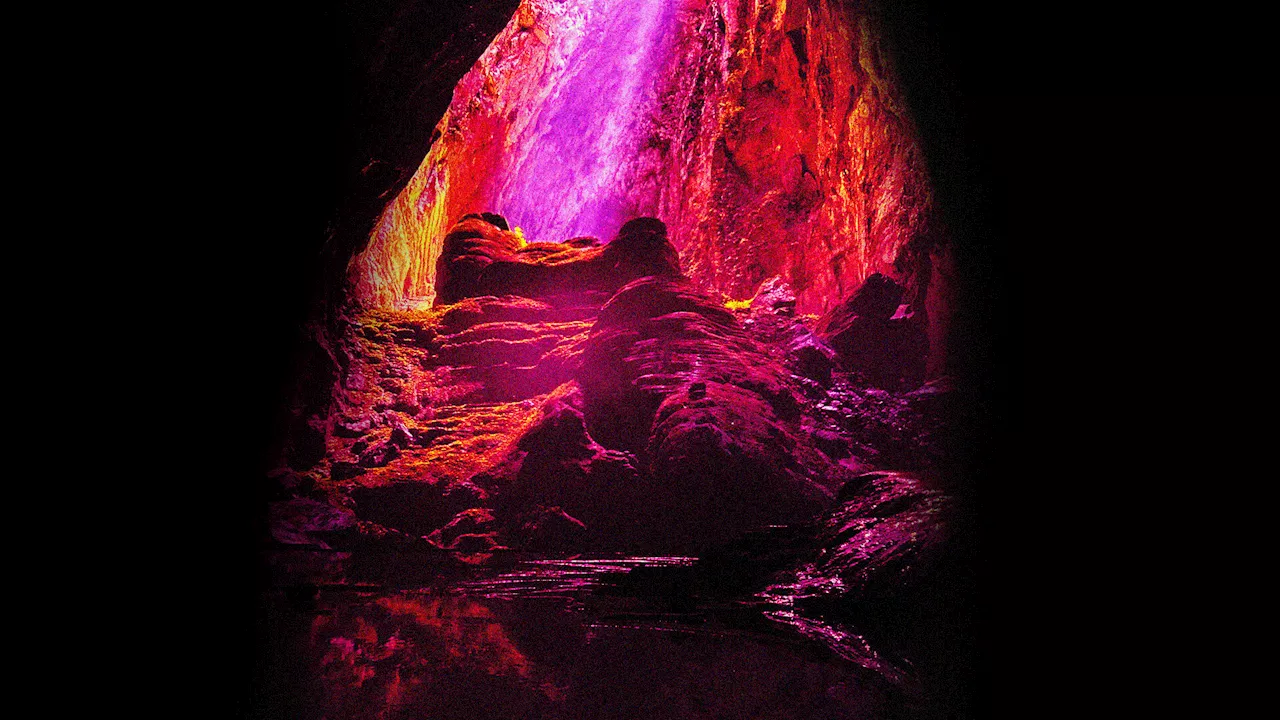Scientists at PPPL have developed innovative solutions to manage the intense heat generated within fusion reactors.
Multiple computer simulations have now determined that the ideal location for the lithium vapor cave is near the bottom of the tokamak, by the center stack.Scientists at the US Department of Energy’s Princeton Plasma Physics Laboratory have been working on ways to manage the intense heat that gets generated within fusion reactors.
“The idea behind a lithium vapor cave is to keep the lithium in the boundary layer away from the hot, fusing core plasma but near the excess heat,” By capturing and neutralizing excess heat before it reaches the tokamak’s walls, the lithium vapor cave acts as a crucial safeguard.Initially envisioned as a “metal box,” the researchers discovered that a simpler “cave” configuration, akin to half a box, is sufficient to contain the lithium vapor.
Environment Nuclear Fusion Princeton Plasma Physics Laboratory
Indonesia Berita Terbaru, Indonesia Berita utama
Similar News:Anda juga dapat membaca berita serupa dengan ini yang kami kumpulkan dari sumber berita lain.
 Quenching the intense heat of a fusion plasma may require a well-placed liquid metal evaporatorInside the next generation of fusion vessels known as spherical tokamaks, scientists at the U.S. Department of Energy's Princeton Plasma Physics Laboratory (PPPL) envisioned a hot region with flowing liquid metal that is reminiscent of a subterranean cave.
Quenching the intense heat of a fusion plasma may require a well-placed liquid metal evaporatorInside the next generation of fusion vessels known as spherical tokamaks, scientists at the U.S. Department of Energy's Princeton Plasma Physics Laboratory (PPPL) envisioned a hot region with flowing liquid metal that is reminiscent of a subterranean cave.
Baca lebih lajut »
 Scientists engineer bacteria to make 1st-ever ‘thermally-stable’ bioplasticThe polymer is biodegradable and has physical properties that could be useful in biomedical applications, such as drug delivery systems.
Scientists engineer bacteria to make 1st-ever ‘thermally-stable’ bioplasticThe polymer is biodegradable and has physical properties that could be useful in biomedical applications, such as drug delivery systems.
Baca lebih lajut »
 Scientists Say They've Come up With a 'Time Zone' For the MoonScience and Technology News and Videos
Scientists Say They've Come up With a 'Time Zone' For the MoonScience and Technology News and Videos
Baca lebih lajut »
 Scientists help turn whisky waste into valuable commodityA new method to extract valuable bio-based chemicals from whisky distillery waste streams could transform manufacturing and be worth up to £90 million in global chemical manufacturing markets.
Scientists help turn whisky waste into valuable commodityA new method to extract valuable bio-based chemicals from whisky distillery waste streams could transform manufacturing and be worth up to £90 million in global chemical manufacturing markets.
Baca lebih lajut »
 Scientists collect high-resolution images of the North Star's surface for 1st timeMonisha Ravisetti is Space.com's Astronomy Editor. She covers black holes, star explosions, gravitational waves, exoplanet discoveries and other enigmas hidden across the fabric of space and time. Previously, she was a science writer at CNET, and before that, reported for The Academic Times.
Scientists collect high-resolution images of the North Star's surface for 1st timeMonisha Ravisetti is Space.com's Astronomy Editor. She covers black holes, star explosions, gravitational waves, exoplanet discoveries and other enigmas hidden across the fabric of space and time. Previously, she was a science writer at CNET, and before that, reported for The Academic Times.
Baca lebih lajut »
 Scientists Discover How Omega-3 Battles Heart Disease at the Molecular LevelScience, Space and Technology News 2024
Scientists Discover How Omega-3 Battles Heart Disease at the Molecular LevelScience, Space and Technology News 2024
Baca lebih lajut »
